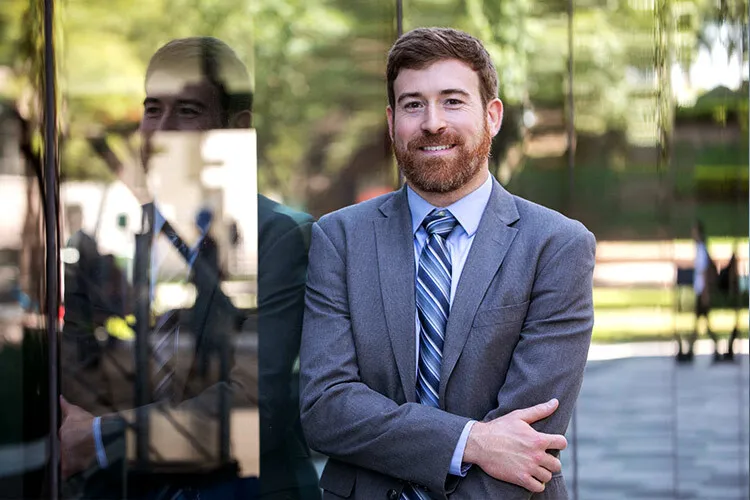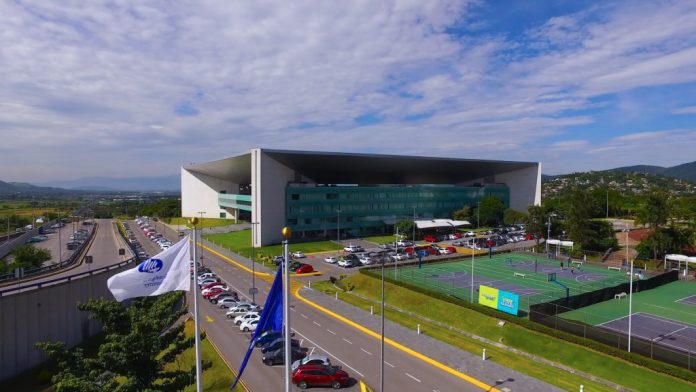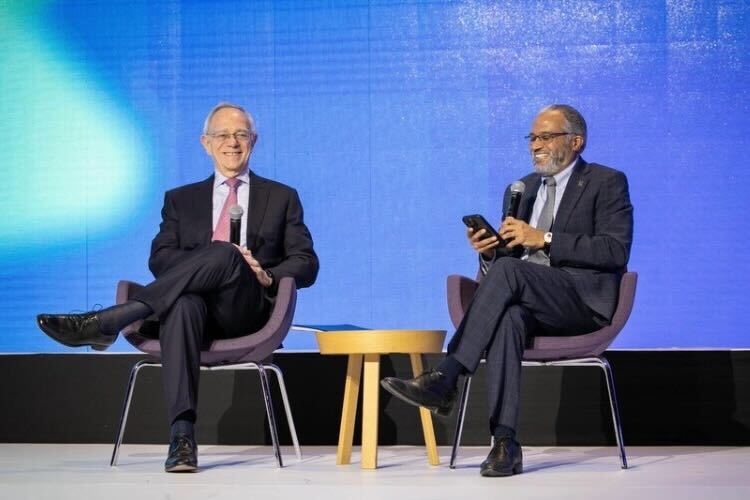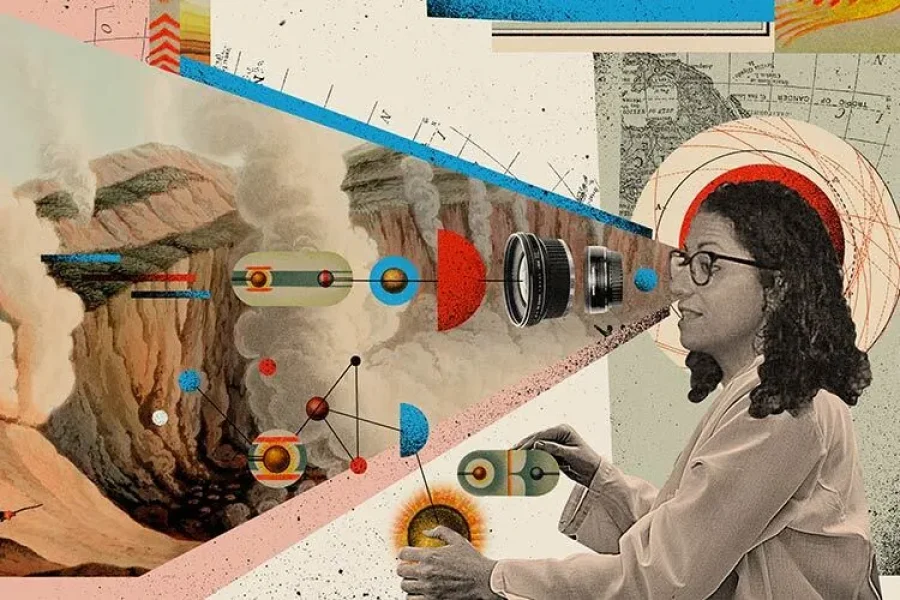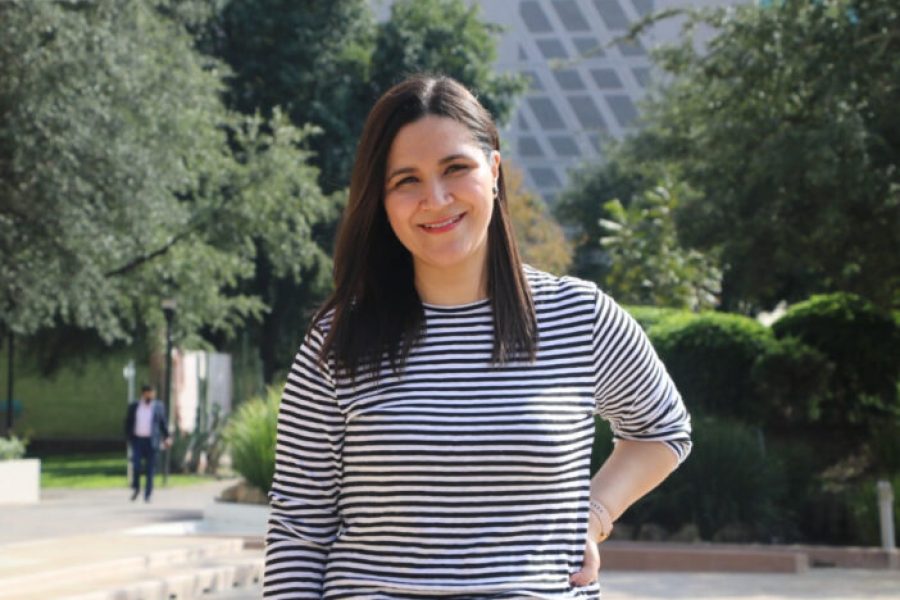Although additive manufacturing has seen incredible progress in recent years, transforming the way parts and components are manufactured, there are still challenges and aspects that need to be improved, both now and in the future.
In an interview with TecScience, Matt Kirby, a senior engineering researcher at the Southwest Research Institute (SWRI), offers a glimpse of how this technology may progress in the future.
Kirby was also a panelist at the Second International Conference on Advanced Materials and Additive Manufacturing, organized by the Institute of Advanced Materials for Sustainable Manufacturing.
Past: Origins of Additive Manufacturing
According to Kirby, additive manufacturing has evolved from a research subject to a widely utilized production technology in a variety of industries throughout the world.
SWRI began this adventure in 2017 by purchasing Renishaw 3D-printing equipment and launching an internal push to encourage various research projects.
The original use of this technology at the institution was the development of cooling channels for turbo machine parts and the manufacture of aerospace industry components.
Kirby pointed out collaboration between academia and industry as the first building block in creating technologies and partnerships that successfully took ideas from the drawing board and put them into practice, also serving as the starting point for exploration in the field of additive manufacturing during this initial stage.
Present: Component Certification
According to Matthew, one of the major issues in today’s Additive Manufacturing is the certification and validation of crucial components.
As a result, current research and development activities are focusing on methodologies and tools that assess the damage tolerance of additively built components.
He emphasizes that there is industrial concern regarding the possibility of errors or low integrity in printed structures, particularly in fields such as aviation, where margins of error tend to be nonexistent.
According to SWRI, the answer focuses on certification using mathematical models and probabilistic analysis to accelerate and ensure the practical qualification of novel materials.
“Typical qualification times take three or more years for a new material system, but if we need that material now, we should be able to speed up that qualification process, which we are working on,” says Kirby.
Future: Pioneering Additive Manufacturing Production
The expert shares SWRI’s future goal, which is centered on the creation of a prototype manufacturing plant worth around $50 million.
This facility would be equipped with innovative printing technology, cutting-edge inspection procedures, and subsequent processes that would allow both industry and researchers to take their operations to a higher level.
“One of the main objectives of this facility is to investigate how to efficiently transition prototype designs to larger-scale production,” says Matthew.
Furthermore, this facility will solve a critical printing equipment issue: the effective removal of residual powder from additively made components, establishing a complete cycle from design, fabrication, inspection, and processing.
“This is something very interesting about these types of facilities, like the Additive Manufacturing Core Lab. If you are a smaller business or have a really unique design and lack the means for large-scale production, you can come to these spaces that will serve to expedite these processes,” Kirby concluded.
